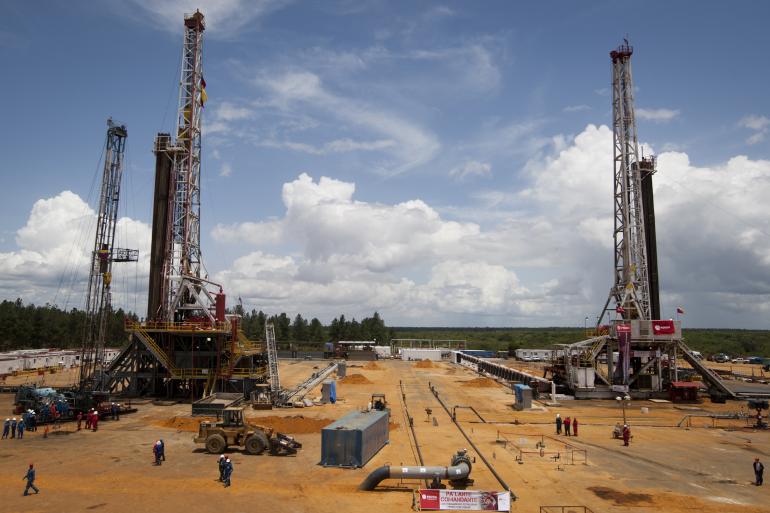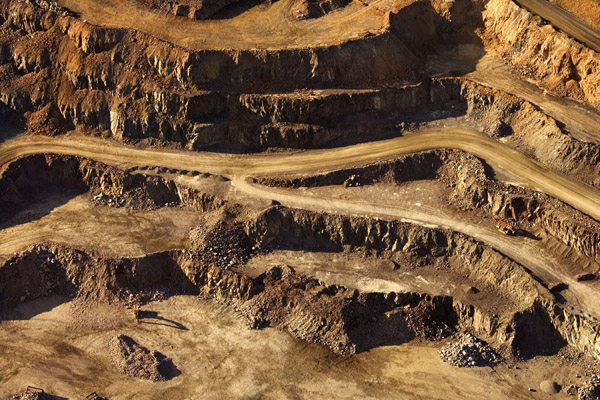Venezuela is facing a major economic crisis and despite the fact that you can still buy subsidized petrol in the centre of Caracas just for less than two cents a gallon, most of other parts of the economy are in trouble. Rich in oil, Venezuela is now poor in basically anything else, including contraceptives.
One Venezuela subscriber based in the capital is selling a box of condoms for 4,760 bolivars, which is approximately $755, according to the official exchange rate, accounting for about 85 percent of Venezuelan minimum salary. Although shortages of basic products such as milk, corn or chicken have been a recurrent phenomenon in this South American country, more recently they have moved from the kitchen table to the bedroom as well.
A collapse in oil prices has left Venezuela bereft of basic consumer products including contraceptives, which is a grave situation for a country with one of South America’s highest rates of HIV infections and teenage pregnancy. Cheap oil has brought the Venezuelan economy to the brink of bankruptcy and some analysts estimate that the probability is 75 percent that Venezuela will default on its debt in a year’s time if oil price does not go up again. The country is an OPEC member and as such, crude exports account for about 95 percent of its foreign currency revenue.
Unfortunately, Venezuela, like many of its OPEC friends, has also missed its chance to build a strong, sustainable and diversified economy. With prices at about $90 a barrel, Caracas could have temporarily afforded to prosper without thinking about what would happen if oil is below $50. Without regard for the cyclical nature of commodity prices, Venezuela decided to remain a welfare state reliant on the high price of its major export commodity without any investment to real manufacturing or at least tourism.
Venezuela, together with Algeria and Iran, tried to lobby, albeit unsuccessfully, at the OPEC for an intervention to boost the price of crude. However, there are now growing concerns about political ramifications of a prolonged period of cheap oil. With three-to-four chance of a bankruptcy, Venezuela could easily repeat its predicament of the 1980s when its economy substantially contracted and inflation subsequently soared to reach 99 percent in 1996. Three years later, Hugo Chavez took office, embarked his country on a politically controversial journey that benefited from the high price of oil.
It regrettably seems though that the country is already on such a course. Although there is no official inflation rate, most analysts estimate it is somewhere at 50 percent or higher. Moreover, President Nicolas Maduro, Chavez’s successor, has blamed the current economic situation and shortages on the private sector and responded by imposing even more controls. Observers suspect that President Maduro has a craving for authoritarianism and a longing to control all sectors of the Venezuelan society. As a means to “diversify” country’s economy, his government is considering building a toilet paper factory in each of Venezuela’s 32 states.
Yet, the diversification of Venezuelan economy is essential for economic prosperity. Oil resources are finite, oil price fluctuates and modern oil refineries are highly technology-intensive. It follows that petrochemical companies and oil refineries will not provide ample employment opportunities for indigenous manpower for much longer. Diversification would simply provide other investment opportunities to create more employment. Last but not the least, history has already given many lessons on how weak economies can easily give a rise to sickish ideologies.
The process of diversification can take many forms. The most prominent chance has traditionally been a shift towards industry although toilet paper factories might not be a hit. In the 1960s, a major transformation took place throughout the developing world thanks to powerhouses such as China, Korea, India, Vietnam, or Indonesia. Many of these economies initially exported mainly commodities but today, about 80 percent of their exports are industrial products.
Another way to transform a resource-dependent economy is to upgrade their resource-base sector, in the Venezuelan case – oil. Here, Latin America could serve as a good example, as the region expanded its share of global markets in metals by 175 percent while increasing worked products eightfold instead of just increasing output. When other options seem to be too hard or too expensive, it is always an option to boost tourism, which has for some years been the fastest-growing export for some sub-Saharan economies.
For tourism to thrive, one, however, needs good nation branding, which Venezuela does not have. When a resource-dependent economy thrives, it is normally very difficult to persuade its government to diversify. However, when the economy fails (and the probability for Venezuela is 75 percent) and depends on foreign lenders, the time is high for global players to impose “a diversification bailout program”.




